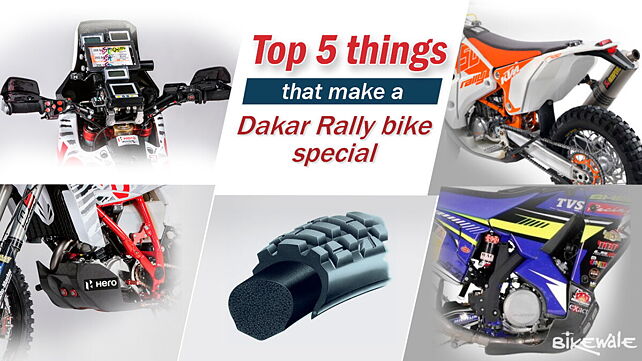
To finish first, first you must finish. The Dakar Rally is something special, though – it tries to finish you. To help the participants finish the rally then (and not the other way around) they need some really special machinery – and here’s what we like the most about the motorcycles in the Dakar Rally.
Multiple fuel tanks
The last thing you would want during a Dakar Rally is to get stranded without fuel. To ensure this doesn’t happen, each motorcycle gets a secondary and sometimes even a tertiary fuel tank. These ancillary tanks are placed below the seat and the combined capacity ranges from 29 litres to 36 litres depending upon the manufacturer. To put this into perspective, an average commuter bike is offered with a 12-litre fuel tank.
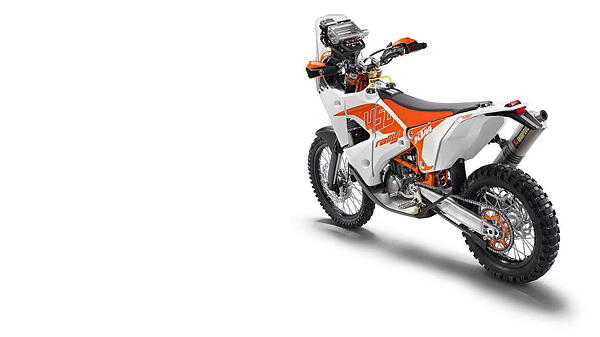
Mousse puncture-proof tyres
The Dakar motorcycles ride on special tubeless tyres supplied by Michelin. On the surface they might seem like run-of-the-mill button tyres, but a cut-section will show that they are actually filled with a special foam called bib mousse. Developed specially for the Dakar Rally, these puncture-proof tyres enable the bikes to run on spoke wheels which are more durable than their alloy counterparts.
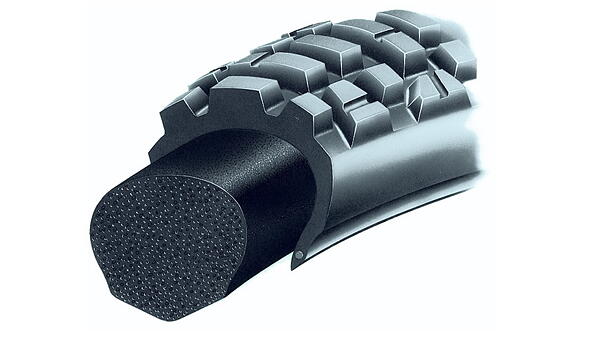
Navigation tower with road book
Each rally bike gets an instrument cluster mounted on a carbon fibre tower. However, functionalities like the speedometer take a back seat in favour of a ‘road book’ which maps out the route for the day. The absence of a conventional GPS navigation system might seem surprising, but only ups the challenge for the riders. However as a safety measure, each bike gets a GPS transponder which helps the organisers track the rider.

Water storage
Apart from shielding the engine, the engine guard also integrates a water tank. A mandatory requirement from the Dakar organisers, this tank can hold up to three litres of water to keep the rider hydrated during emergencies. Usually, there is also room for a compact tool kit.
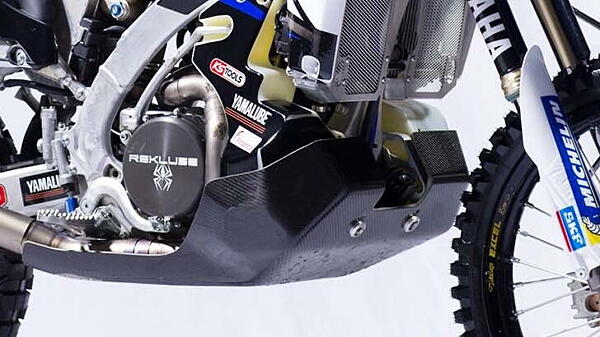
Competition-spec engine
Dakar bikes are propelled by a single-cylinder, four-stroke engine mated to six-speed transmission. Capacity was capped at 450cc in 2011 and the output is in the range of 60bhp. What makes these engines extraordinary is their ability to stay on their limits even with such variation in weather. While regulations do allow change of engines in case they fail to withstand the abuse, there is time penalty that goes along with it.
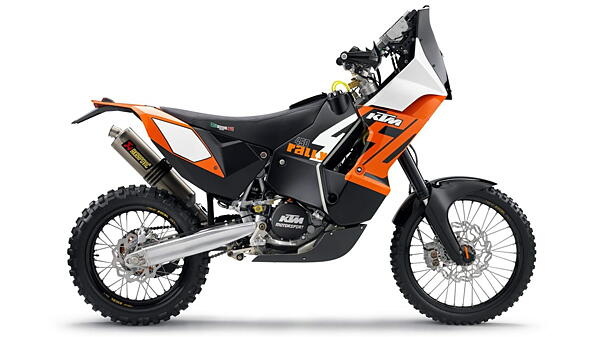

![KTM 390 Adventure [2021] Image KTM 390 Adventure [2021] Image](https://imgd.aeplcdn.com/272x153/bw/models/ktm-390-adventure-standard20191122103644.jpg?q=80)
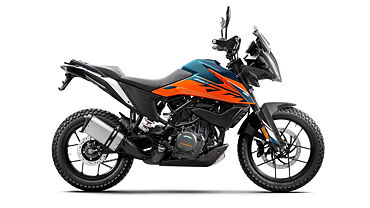
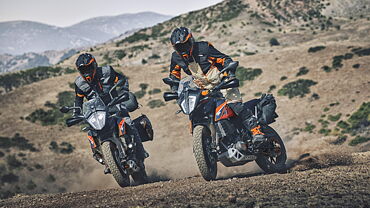
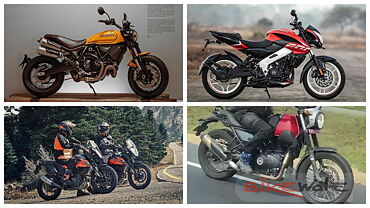
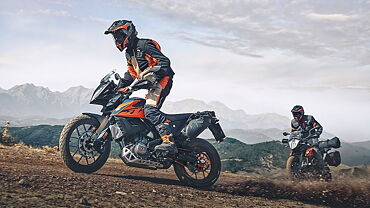
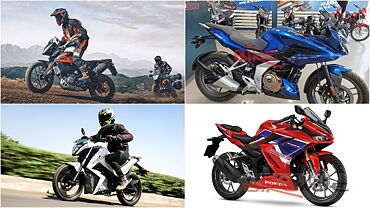
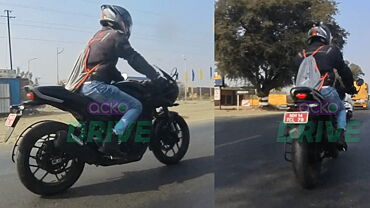

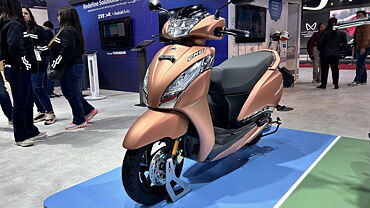
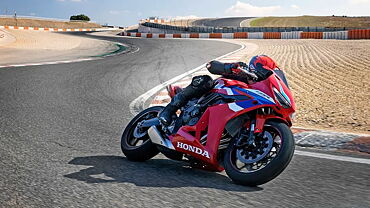
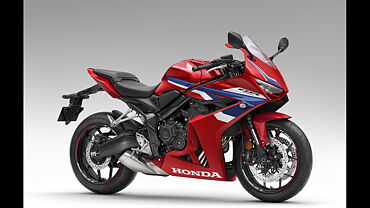
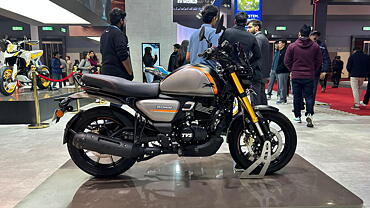
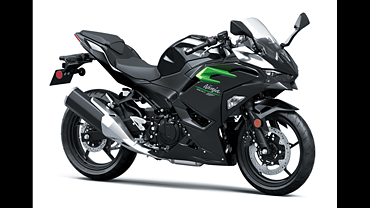
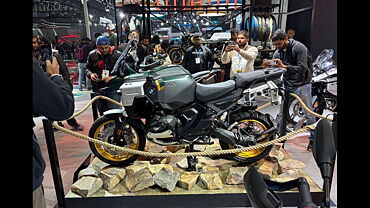
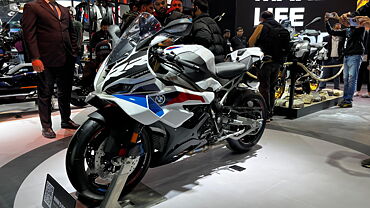

![KTM 390 Adventure [2021] Headlamps KTM 390 Adventure [2021] Headlamps](https://imgd.aeplcdn.com/199x112/n/cw/ec/44024/ktm-390-adventure-headlamps-21.jpeg?q=80)
![KTM 390 Adventure [2021] Left Side KTM 390 Adventure [2021] Left Side](https://imgd.aeplcdn.com/199x112/n/cw/ec/44024/ktm-390-adventure-left-side-32.jpeg?q=80)
![KTM 390 Adventure [2021] Side Indicators KTM 390 Adventure [2021] Side Indicators](https://imgd.aeplcdn.com/199x112/n/cw/ec/44024/ktm-390-adventure-side-indicators-44.jpeg?q=80)
![KTM 390 Adventure [2021] Side KTM 390 Adventure [2021] Side](https://imgd.aeplcdn.com/199x112/n/cw/ec/44024/ktm-390-adventure-side-7.jpeg?q=80)
![KTM 390 Adventure [2021] Headlamp KTM 390 Adventure [2021] Headlamp](https://imgd.aeplcdn.com/468x263/n/cw/ec/44024/ktm-390-adventure-headlamp-0.jpeg?q=80)
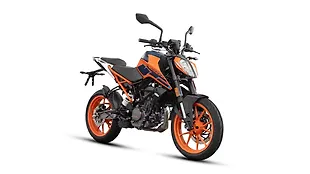
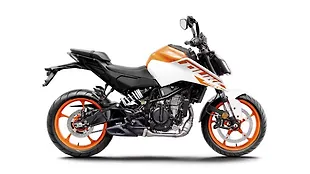
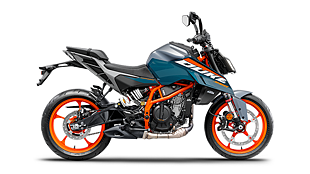





![KTM 390 Adventure X [2025] KTM 390 Adventure X [2025]](https://imgd.aeplcdn.com/272x153/n/cw/ec/190885/390-adventure-x-2025-right-side-view.jpeg?isig=0&q=80)